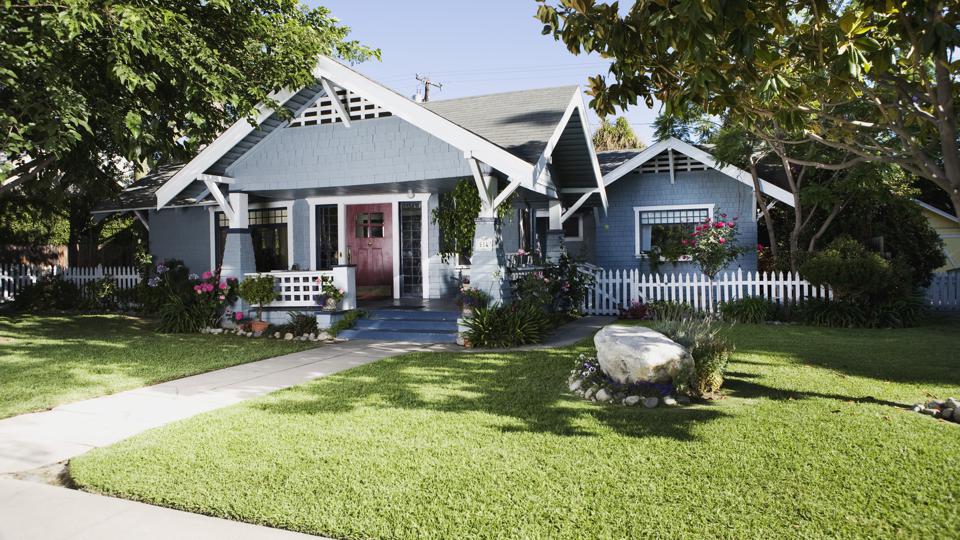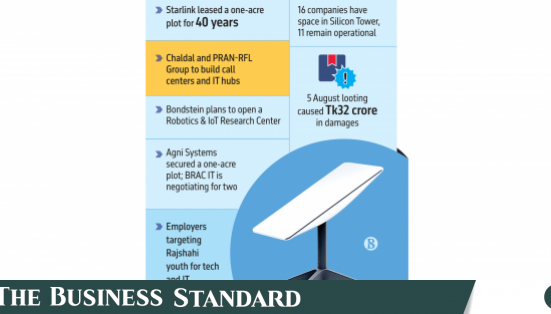Editorial Note: We earn a commission from partner links on Forbes Advisor. Commissions do not affect our editors’ opinions or evaluations.
Today, the mortgage interest rate on a 30-year fixed mortgage is 6.60%, according to the Mortgage Research Center, while the average rate on a 15-year mortgage is 5.57%. On a 30-year jumbo mortgage, the average rate is 6.90%.
30-Year Mortgage Rates Drop 2.57%
Today’s average rate on a 30-year, fixed-rate mortgage is 6.6%, which is 2.57% lower than last week.
The interest plus lender fees, called the annual percentage rate (APR), on a 30-year fixed mortgage is 6.63%. The APR was 6.8% last week.
To get an idea about how much you might pay in interest, consider that the current 30-year, fixed-rate mortgage of 6.6% on a $100,000 loan will cost $639 per month in principal and interest (taxes and fees not included), the Forbes Advisor mortgage calculator shows. The total amount you’ll pay in interest during the loan’s lifespan is $130,560.
15-Year Mortgage Rates Drop 3.53%
Today’s 15-year mortgage (fixed-rate) is 5.57%, down 3.53% from the previous week. The same time last week, the 15-year, fixed-rate mortgage was at 5.77%.
The APR on a 15-year fixed is 5.62%. It was 5.82% a week earlier.
A 15-year, fixed-rate mortgage with today’s interest rate of 5.57% will cost $821 per month in principal and interest on a $100,000 mortgage (not including taxes and insurance). In this scenario, borrowers would pay approximately $48,176 in total interest.
Jumbo Mortgage Rates Drop 1.56%
The current average interest rate on a 30-year fixed-rate jumbo mortgage (a mortgage above 2025’s conforming loan limit of $806,500 in most areas) is 6.9%. Last week, the average rate was 7.01%.
If you lock in the latest rate on a 30-year, fixed-rate jumbo mortgage, you will pay $659 per month in principal and interest per $100,000 borrowed, which amounts to $137,554 in total interest over the life of the loan.
Overview of 2025 Mortgage Rate Trends to Date
Although mortgage rates mainly fell after reaching a high in spring 2024, they surged again in October 2024. This is despite the Federal Reserve’s cuts to the federal funds rate (its benchmark interest rate) in September, November and December 2024.
While rates have fallen somewhat since mid-January 2025, experts don’t expect them to drop significantly anytime soon.
When Will Mortgage Rates Go Down?
Various economic factors influence mortgage rates, making it challenging to forecast when rates will drop.
The Federal Reserve’s decisions significantly impact mortgage rates. In response to inflation or an economic downturn, the Fed may lower its federal funds rate, prompting lenders to reduce mortgage rates.
Mortgage rates also track U.S. Treasury bond yields. If bond yields drop, mortgage rates typically follow suit.
Finally, global events that cause financial disruptions can affect mortgage rates. For example, the Covid-19 pandemic led to record-low interest rates when the Fed cut rates.
While a significant decrease in mortgage rates is unlikely in the near future, they may start to decline if inflation eases or the economy weakens.
How Much House Can I Afford?
The amount of house you can afford depends on a number of factors, including your income and debt.
Here are a few basic factors that go into what you can afford:
- Income
- Debt
- Debt-to-income ratio (DTI)
- Down payment
- Credit score
How Are Mortgage Rates Determined?
Home loan borrowers can qualify for better mortgage rates by having good or excellent credit, maintaining a low debt-to-income (DTI) ratio and pursuing loan programs that don’t charge mortgage insurance premiums or similar ongoing charges that increase the loan’s APR.
Comparing rates from different mortgage lenders is an excellent starting point. You may also compare conventional, first-time homebuyer and government-backed programs like FHA and VA loans, which have different rates and fees.
Several economic factors influence the trajectory of rates for new home loans. For example, Federal Reserve rate hikes indirectly cause the interest rates for many long-term loans to increase. Rates are more likely to decrease when the Fed pauses or decreases its benchmark Federal Funds Rate.
The inflation rate and the general state of the economy also impact interest rates. High inflation and a strong economy typically signal higher rates. Cooling consumer demand or inflation may lead to rate decreases.
What Is the Best Type of Mortgage Loan?
As you compare lenders, consider getting rate quotes for several loan programs. In addition to comparing rates and fees, these programs can have flexible down payment and credit requirements that make qualifying easier.
Conventional mortgages are likely to offer competitive rates when you have a credit score between 670 and 850, although it’s possible to qualify with a minimum score of 620. This home loan type also doesn’t require annual fees when you have at least 20% equity and waive PMI.
Several government-backed programs are better when you want to make little or no down payment:
- FHA loans. Borrowers with a credit score above 580 only need to put 3.5% down and applicants with credit scores ranging from 500 to 579 are only required to make a 10% down payment with FHA loans.
- VA loans. Servicemembers, veterans and qualifying spouses don’t need to make a down payment when the sales price is less than the home’s appraisal value. VA loan credit requirements vary by lender.
- USDA loans. Applicants in eligible rural areas can buy or build a home with no money down using a USDA loan. Moderate-income borrowers can qualify for a 30-year fixed-rate term through the Guaranteed Loan Program. Further, buyers with a very low or low income can receive a 33-year term and payment assistance is available through the agency’s Direct Loans program. Credit requirements differ by lender.
Frequently Asked Questions (FAQs)
How do you get a lower mortgage interest rate?
Comparing lenders and loan programs is an excellent start. Borrowers should also strive for a good or excellent credit score between 670 and 850 and a debt-to-income ratio of 43% or less.
Further, making a minimum down payment of 20% on conventional mortgages can help you automatically waive private mortgage insurance premiums, which increases your borrowing costs. Buying discount points or lender credits can also reduce your interest rate.
Will interest rates ever go back to 3%?
The Federal Reserve’s efforts to stabilize the economy during the Covid-19 pandemic drove the historically low rates. As the economy recovers, the unemployment rate decreases and inflation is controlled, rates may dip below current levels, but they’re unlikely to fall as low as 3% again anytime soon.
What’s the difference between a mortgage interest rate and a mortgage APR?
A mortgage interest rate reflects what a lender is charging you on top of your loan amount in return for allowing you to borrow money.
Annual percentage rate (APR), on the other hand, is a calculation that includes both a loan’s interest rate and finance charges, expressed as an annual cost over the life of the loan. In other words, it’s the total cost of credit. APR accounts for interest, fees and time.
Since APRs include both the interest rate and certain fees associated with a home loan, the APR can help you understand the total cost of a mortgage if you keep it for the entire term. The APR will usually be higher than the interest rate, but there are exceptions.







